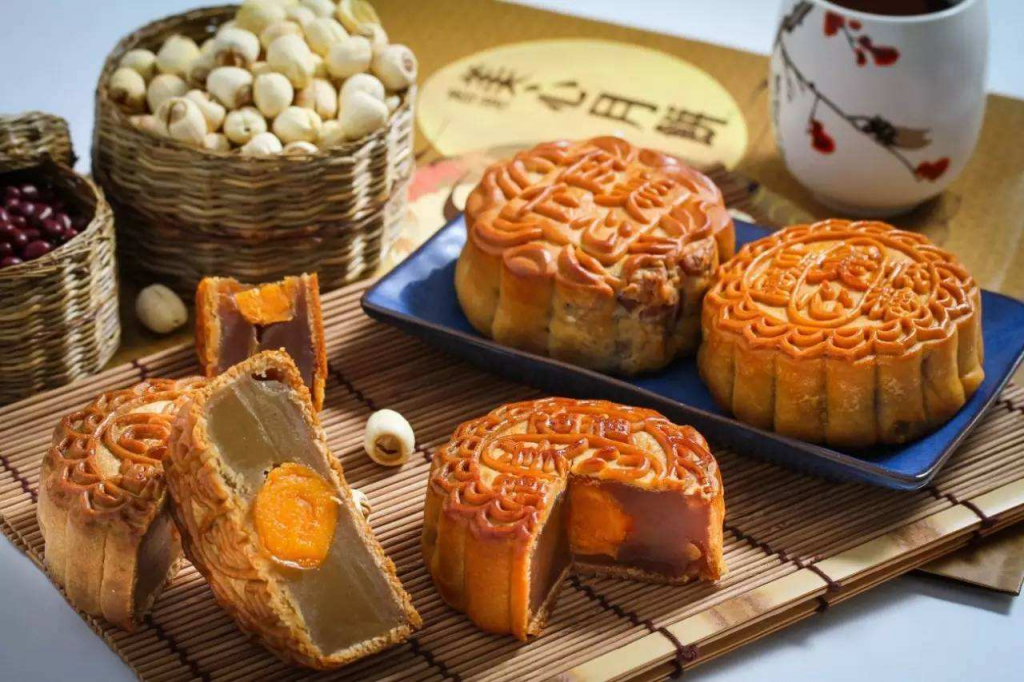When you think of the Mid-Autumn Festival, what comes to mind? Mooncakes, glowing lanterns, family reunions under a big, bright moon? That’s fair. It’s one of China’s four major traditional festivals, alongside Chinese New Year, Qingming, and Dragon Boat Festival. But here’s a fun historical twist: the Mid-Autumn Festival may have started off as… a foreign holiday. Yes, really.
Mid-Autumn’s Foreign Roots: Korea, Not So Far Away
While today the Mid-Autumn Festival feels as Chinese as tea and calligraphy, it actually got its festive spark from ancient Korea—then known as Silla. Scholars have dug into historical records and found that before the Tang dynasty (618–907 AD), there was no Mid-Autumn Festival in China. What did exist, however, was a fondness among Tang poets and scholars for moon-gazing on the 15th day of the 8th lunar month. The moon was especially bright and round that night—perfect for romantic poetry and a touch of melancholic brooding.
Now, here’s where it gets interesting: many Silla students and immigrants were living in China during the Tang dynasty, and they already celebrated this date as a festival, commemorating a military victory. The Tang dynasty, known for its cultural openness, was all about embracing foreign trends (think of it as the Tang version of loving K-dramas or anime today). Influenced by these Korean customs, the Chinese began turning their poetic moon-gazing into a more festive affair—et voilà, the seed of the Mid-Autumn Festival was planted.
In short, it was China’s cultural spirit of “let’s adopt the cool foreign stuff” (aka tolerance and integration) that helped shape one of its most iconic holidays. The Tang dynasty was equally great at exporting Chinese culture abroad and importing outside influences. Globalization, Tang-style.
By the Song Dynasty: 100% Made in China
Fast forward to the Song dynasty (960–1279), and the Mid-Autumn Festival had become fully “Sinicized.” The Korean roots had faded into the background, and the festival evolved with distinct Chinese customs, including offerings to the moon, family banquets, and—you guessed it—mooncakes.
And before anyone gets riled up about Korea’s connection to Chinese holidays (remember the debate when Korea successfully registered Dano—related to Dragon Boat Festival—as part of their cultural heritage?), here’s a calming thought: even Korean applications often openly state the festivals originated in China. Countries like Korea and Japan have preserved many classical Chinese customs that China itself has sometimes left behind. Rather than being annoyed, maybe it’s time to feel a bit of pride. China’s ancient culture left such a strong imprint that its echoes still ring out across East Asia.
The Mooncake Rebellion: A Slice of Legend
Speaking of mooncakes, ever heard the story about how they sparked a revolution? According to popular legend, during the Yuan dynasty (ruled by the Mongols), Chinese rebels led by Zhu Yuanzhang plotted an uprising. The trick? Disguising secret messages in round pastries. The note inside read: “Kill the Tatars on the 15th of the 8th month.” The “Tatars” referred to the Mongol rulers. People would open the mooncakes, find the call to arms, and rise up in coordinated rebellion. Romantic, right?

Well, sorry to burst your mooncake bubble—but historians say this story is pure myth. The term mooncake already existed by the Southern Song dynasty (1127–1279), long before any anti-Mongol uprising. Still, it makes for a great tale to share over tea.
Cultural Legacy and Modern Connections
Today, the Mid-Autumn Festival is celebrated not just in China, but across the Chinese diaspora and in places like Vietnam, Malaysia, and yes—Korea too. It’s a time for reunion, reflection, and appreciation of the moon’s beauty—a symbol of harmony and longing in Chinese literature.
In an age of globalization, the story of the Mid-Autumn Festival reminds us that cultural exchange is nothing new. One of China’s most beloved festivals has roots that stretch beyond its borders, shaped by foreign ideas, domestic creativity, and a moonlit love for poetry.
And honestly, what’s more beautiful than that?

No comments yet.